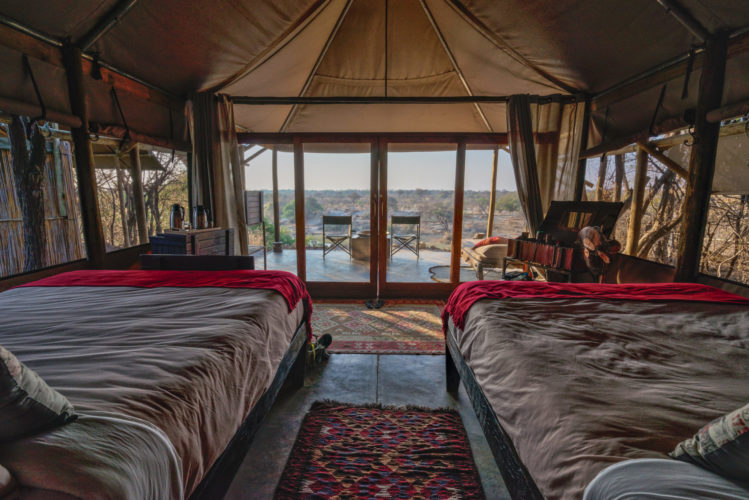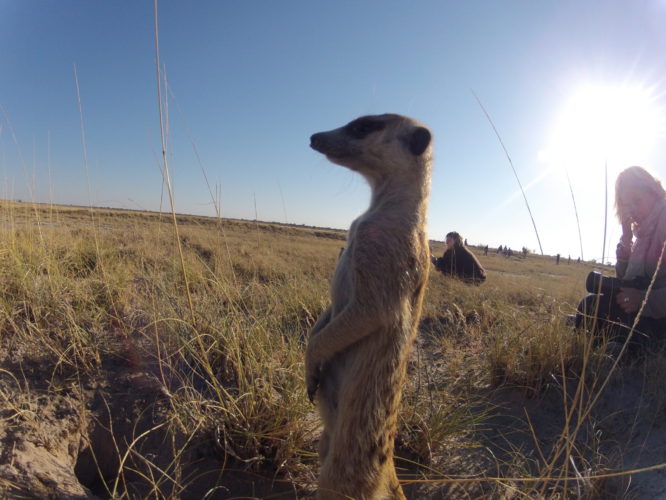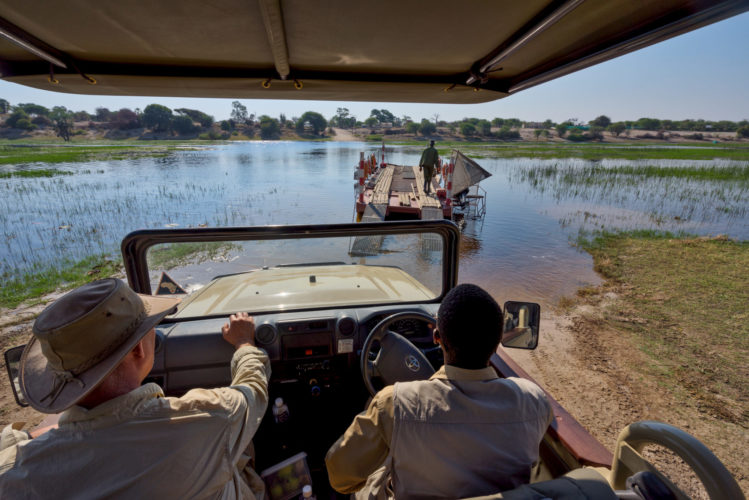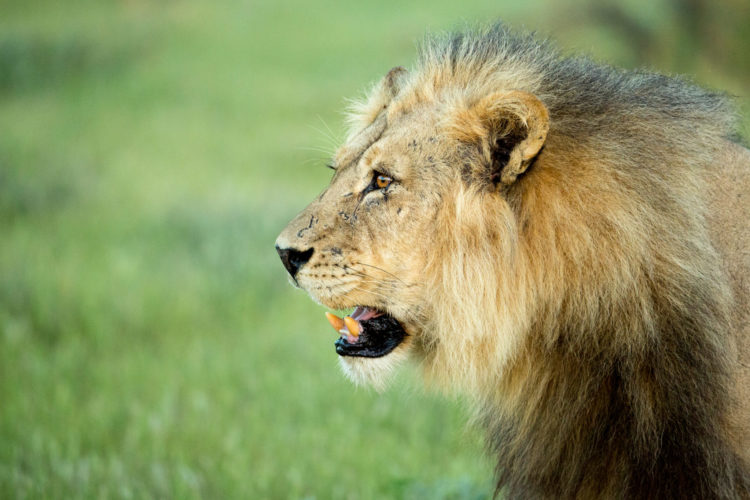How to experience
Botswana Desert and Pan Safaris
Botswana Desert oasis awaits
What do we mean when we say Botswana desert and pans? Well it covers quite a significant portion of the country, two thirds in fact and includes the Kalahari Desert and the extensive pans of Nxai, Tau and Makgadikadi. These regions boast fantastic contrasting experiences to Botswana’s waterways of the Chobe, Linyanti and Okavango Delta.
Here your focus is on enormity of landscapes, wildlife to a lesser degree and certainly unique experiences like San Bushmen interactions, meerkats in the wild, quad biking, sleeping out on the pans and more.
Botswana’s Kalahari Desert and network of pans are easily accessed by light aircraft and some by road, albeit a long drive.
Once here, you really will want to relax into the pace of life in the desert and certainly explore the region in multiple ways – on foot, game drives, quad biking, horse riding and with local tribe, San Bushmen.
When it comes to accommodation in the Kalahari and accommodation in the Pans, options are impressive. You can choose from tented style stays both affordable and exclusive to luxury lodges in remote settings.
Despite the arid landscapes you will find quite an impressive abundance of wildlife like meerkats, Kalahari lion (often heard before seen), gemsbok and many more. Cultural interactions here are really rewarding as you get to walk with and learn from The San people, nomadic hunter-gatherers.
The San are said to be the oldest residents of southern Africa and we even offer the opportunity to camp out in dry season under the stars on the Makgadikgadi Salt Pans after time with the San people.
Are you Botswana desert safari ready?
Let’s ChatCentral Kalahari Reserve
This place is immense from the moment you begin to fly over the top of it in light aircraft, the best way to access the reserve. Here you are in the largest and most remote reserve in Southern Africa and the second largest wildlife reserve in the world, taking up 52,800 square kilometres. It was set up in 1961 with the intention of serving as a place of sanctuary for the San in the heart of the Kalahari where they could live their traditional hunter gatherer way of life without intrusion or western world influence.
Horizons are endless with silver terminal sand veld, Kalahari acacias and apple leaf trees, grasslands, pans and shallow fossil river valleys throughout.
Wildlife is more difficult to see in abundance due to the sheer scale of the reserve and how much ground you can cover in 4×4. Wildlife residing here includes giraffe, elephant, buffalo, hyena, meerkats, cheetah, jackal, leopard, lion, wildebeest and more.
It is also home to an impressive migration of wildebeest and zebra. Best time to go just after the summer rains when the wilderness becomes more lush and large herds of plains game graze the grasslands and predators closely follow.
Top 5 when visiting Botswana Pans
Exploring the Botswana pans is such a wonderful opportunity that few people consider. Our top five tips for considering the pans:
- Enormity of landscapes, emotions after seeing its sunsets
- Exploring the pans on foot with the San bushmen
- Quad biking over the pans (weather dependent to protect the geology)
- Game drives to get you close to wildlife
- Sleeping out under the stars
San Bushmen
Could we be related?
San tribes are hunter-gatherers indigenous to Southern Africa. Archaeologists tend to agree that the San are descendants of the original Homo sapiens who occupied South Africa for at least 150,000 years.
If that is the case, everybody on the planet, Europeans, Asians, North and South Americans, Australians and Africans are descendants. The only possible exception is the Hadzabe hunter gatherers of Tanzania who split off very early from the Koi-San people thousands of years ago.
Be that true or not, meeting the San and spending time with them in the desert and pans region of Botswana is truly rewarding. To understand their beliefs, the ways of hunting and gathering is really humbling.
Best time to visit Botswana’s Desert & Pans
During winter months, game viewing in the Central Kalahari region can be limited. When the rains fall in the Kalahari, the valleys green up and in come the plains game and predators not to mention birds. Don’t be deceived, even in winter because it’s not a true desert, there are dunes and valleys covered with grass and woodland that is still a haven for all sorts of creatures. Dry and cold winters are April to October, hot, wet and green summers run November to March. Best time to visit the Makgadikgadi Pans depends on what you seek to do. The pan itself can be accessed during dry season from July to October when the white surface glimmers in the sun and you can even see the curvature in the earth. In the northern reaches, you can visit year round and January to March is when the second largest migration of zebra and wildebeest come through.
Let’s Chat





